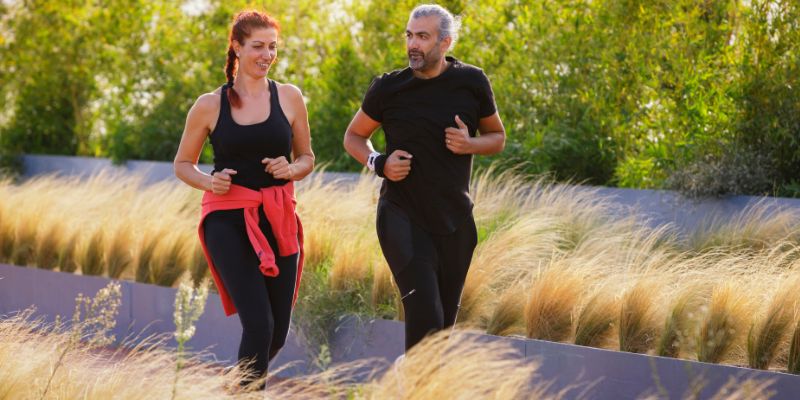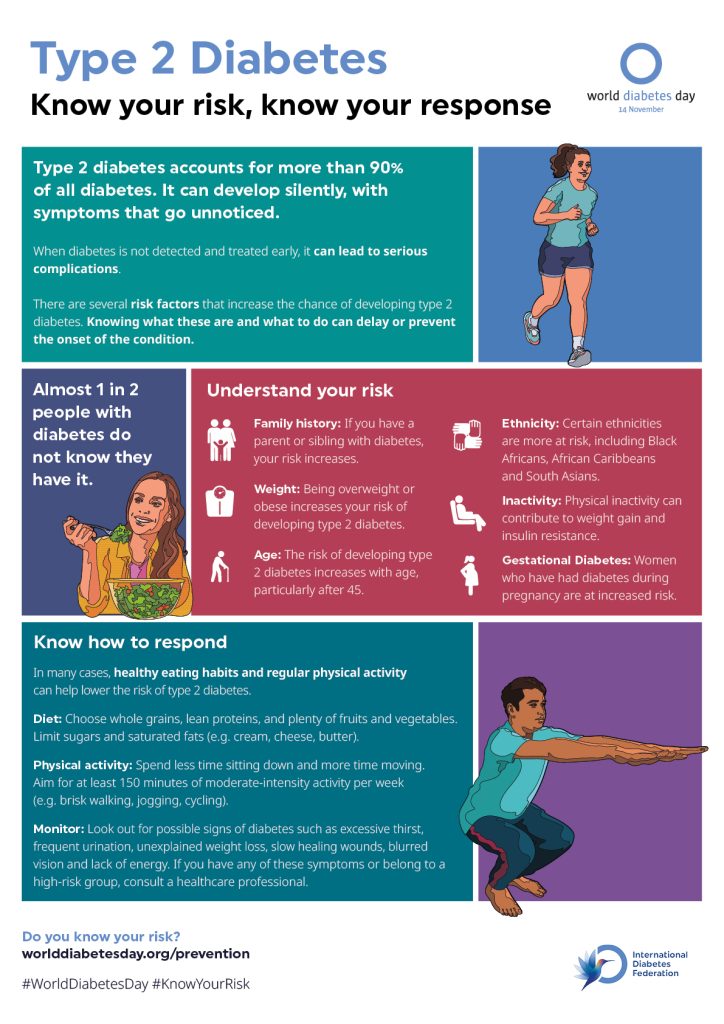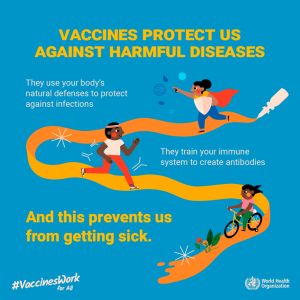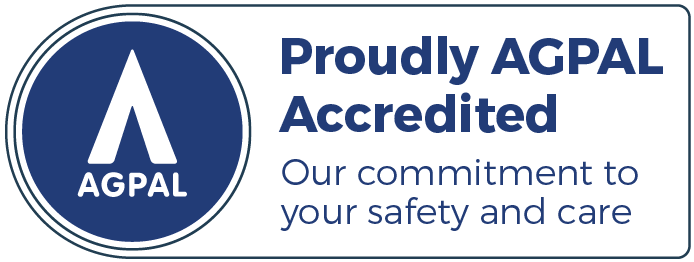Diabetes is a serious medical condition that sadly, is on the rise in Australia and many other countries.
In fact, the prevalence of diabetes in Australia is estimated to have more than doubled since 1981 and in 2021, almost 1 in 5 Australians aged 80–84 was living with diabetes.
As per the title of this article, diabetes is something that develops—you don’t catch it and in most cases aren’t born with it.
We shed light on:
- Diabetes explained
- Diabetes warning signs
- Type 2 diabetes prevention
- Risk assessments
Why we’re focusing on diabetes
November is an important month for diabetes as it shines a spotlight on the condition.
13 – 19 November is World Sugar Awareness Week, which aims to raise awareness around just how much sugar creeps into our diets. Hint: a lot creeps in.
FYI, excessive sugar is strongly correlated with increased risks of developing type 2 diabetes due to its impact on insulin resistance and overall disruption of glucose metabolism.
14 November marks World Diabetes Day. Here are some stats around diabetes that World Diabetes Day aims to highlight:
- Close to half of those with diabetes don’t even know they have it
- 1 in 10 adults worldwide have diabetes
- Over 90% have type 2 diabetes
- In many cases, type 2 diabetes and its complications can be delayed or prevented by adopting and maintaining healthy habits
Diabetes explained
Diabetes is a chronic metabolic condition, meaning it isn’t temporary, and there’s no cure, but there are preventative measures.
The condition can have widespread effects on the body. For starters, it disrupts the regulation of blood sugar levels, leading to high glucose concentrations in the blood.
This is known as hyperglycemia which can lead to various complications, for example;
- diabetic retinopathy (affecting the eyes)
- nephropathy (affecting the kidneys)
- neuropathy (affecting nerves)
Diabetes increases the risk of cardiovascular problems such as heart disease and stroke and can impair and damage the immune system, making people with the condition more susceptible to infections.
Diabetes can also cause mental health concerns, with some individuals experiencing diabetes-related distress or depression.
Other symptoms include
- Fatigue
- Blurry or impaired vision
- Numb or tingling hands or feet
- Very dry skin
The difference between type 1 and type 2
Type 1 diabetes: Occurs when the body’s immune system mistakenly attacks and destroys the insulin-producing cells in the pancreas, resulting in a lack of insulin.
People with type 1 diabetes require insulin to regulate blood sugar levels.
Type 2 diabetes: Results from the body not using insulin properly or not producing enough. It’s often linked to lifestyle factors like obesity, poor diet and minimal physical activity.
Type 2 accounts for the vast majority of diabetes cases.
Diabetes warning signs
Similarly, to other serious medical conditions, your body may be giving some subtle and not-so-subtle warning signs that you may be on the road to developing diabetes.
Common diabetes warning signs include
- Frequent urination, especially at night
- Feeling extremely thirsty, especially outside typical occasions like after sport
- Weight loss despite no change in diet or physical activity
- Increased hunger and cravings
- Feeling unusually tired and lacking energy
- Blurred vision
- Cuts and bruises taking longer to heal than usual
- Numbness or tingling, especially in your hands or feet
- Recurrent infections
- Dry skin and itching
Some less common diabetes warning signs include
- Yeast infections
- Stomach problems, e.g. digestive issues
- Swollen, red, or bleeding gums
- Sexual dysfunction in men
- Irritability and mood swings
- Fruity-smelling breath, often a sign of diabetic ketoacidosis
- Dark skin patches
- Foot pain or infections, which can be signs of nerve damage or poor circulation
It’s important to remember that if you experience one or even a few of these symptoms, it doesn’t necessarily mean you have diabetes.
The best option is to get a health assessment and discuss any symptoms you may be experiencing with your doctor.
Type 2 diabetes prevention
Like so many other health conditions, there are things you can do to help prevent the development of diabetes.
We’re focusing on type 2 here as this is the type of diabetes that develops under certain conditions.
Conditions that typically lead to type 2 diabetes include
- Obesity
- Minimal or no physical activity (sedentary lifestyle)
- Age, especially after 45.
- An unhealthy diet high in processed foods, sugars, and unhealthy fats
- Polycystic Ovary Syndrome (PCOS)
- Hypertension (High Blood Pressure) and high cholesterol
- Sleep apnoea
- Genetics
Preventing type 2 diabetes revolves around good health which can seem a little vague, so here are some key points.
Maintain a healthy weight
A healthy weight reduces the risk of type 2 diabetes, especially if you focus on losing excess abdominal fat.
It can be hard to know if you’re at an unhealthy weight, but there are resources available like the Heart Foundation’s BMI calculator.
A healthy diet
A healthy diet is rich in fruit, vegetables, whole grains and lean proteins. Limit your intake of processed foods, sugary soft drinks and energy drinks and excessive amounts of red and processed meats.
Choose complex carbohydrates
Opt for whole grains over refined carbohydrates to help regulate blood sugar levels.
Examples of foods that are complex carbohydrates
- Brown rice
- Oats
- Chickpeas
- Sweet potatoes
- Broccoli
- Brussels sprouts
- Whole wheat bread
- Whole wheat pasta
- Apples and oranges
Examples of foods that are NOT complex carbohydrates
- White bread
- White rice
- White pasta
- Cookies
- Pastries
- Doughnuts / cakes
- Sweetened cereals
Manage stress
Cost of living, world events, relationships… It’s not difficult to find sources of stress but did you know that chronic stress can contribute to insulin resistance?
Practice stress-reducing activities such as meditation, yoga, or deep breathing exercises.
Additionally, add some relaxing activities to your weekly routine, like a walk and coffee with friends on the weekends, movie night or something healthy and relaxing that you enjoy.
Alcohol and tobacco
Smoking is associated with a significantly increased risk of type 2 diabetes, so quitting improves overall health. Smoking worsens circulation, something often linked to diabetes.
If you drink alcohol, do so in moderation. Excessive alcohol intake can contribute to weight gain and increase the risk of diabetes.
Put simply, excessive drinking and any form of tobacco use, including vaping puts you at risk of developing a range of health problems, including diabetes.
Regular check-ups
Regular check-ups allow you and your doctor to monitor blood sugar levels, blood pressure and cholesterol among other things.
The frequency of check-ups depends on your age, lifestyle, health and other factors.
Check-ups are a major part of prevention when it comes to not just diabetes, but many other health concerns.

Risk assessment
As the statistics from World Diabetes Day pointed out above, 1 in 10 adults worldwide have diabetes and over 90% of those have type 2 diabetes.
Knowing your risk in developing this serious condition is hugely important when it comes to making the right lifestyle choices towards prevention.
👉 For a quick check of your risk in developing type 2 diabetes, try the Australian Type 2 Diabetes Risk Assessment Tool (AUSDRISK).
If your results from the Type 2 Diabetes Risk Assessment Tool came back as concerning or you’re due for a check-up, book an appointment for a thorough health assessment.
Health assessments are part of everyone’s wellness routines and play a significant role in diagnosing, managing and preventing conditions like diabetes.
The 40 to 49 year bracket
If you’re aged 40 to 49, you could be due for a type 2 diabetes risk evaluation.
These assessments support medical practitioners to address the health needs of patients aged 40 to 49 who are at high risk of developing type 2 diabetes.
For your type 2 diabetes risk evaluation, get in touch with us.

The risk of developing diabetes in summary
Whether it’s a busy and stressful lifestyle, cost of living pressure cutting out healthy options and gym memberships or other factors, the risk of diabetes is increasing in Australia.
Understanding the risk factors associated with diabetes is crucial for early detection and prevention.
Lifestyle choices such as maintaining a healthy weight, a balanced diet as we discussed above, regular exercise and managing stress are key in reducing the risk of developing diabetes.
Being proactive is another huge benefit you can give yourself. Make some changes towards a healthier lifestyle and if it’s been a while since your last check-up, get in touch with us and ensure you’re not putting yourself at risk.
Extra: Take a look at this fact sheet by World Diabetes Day 👇













